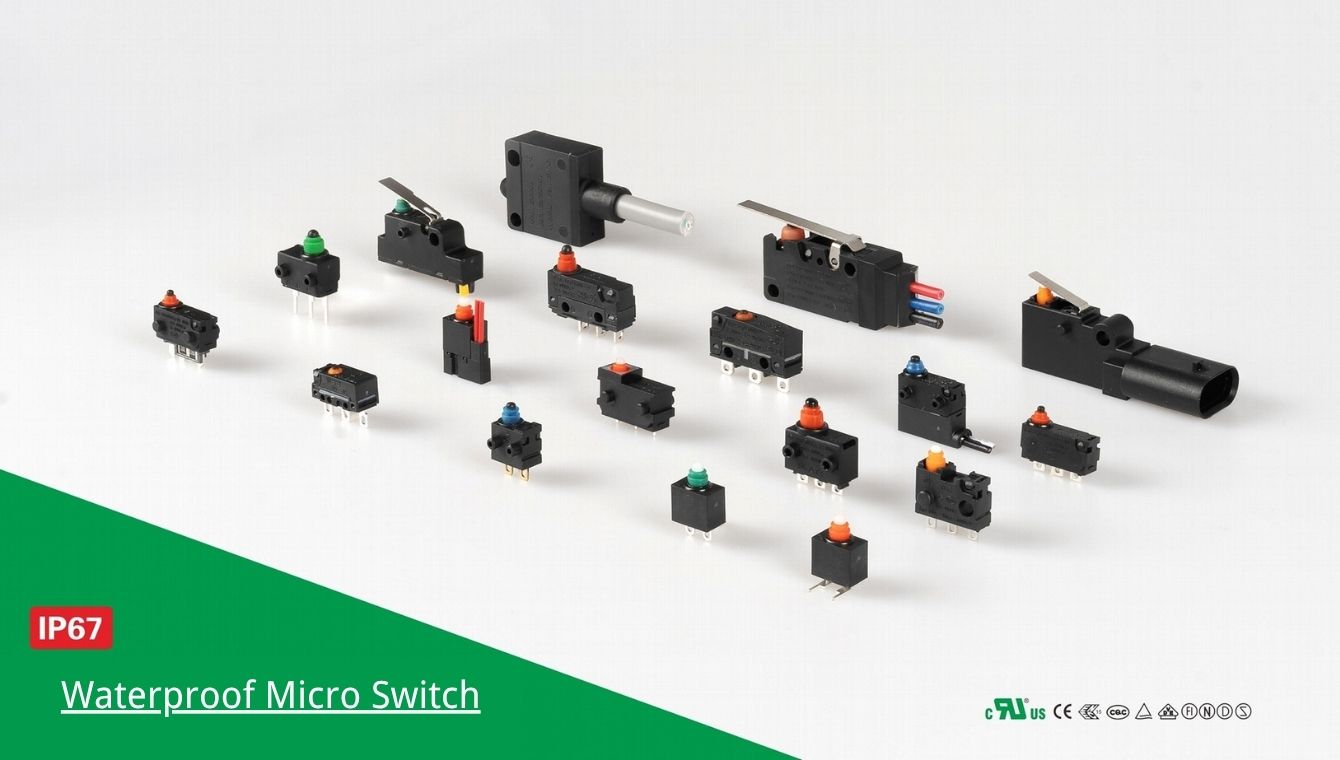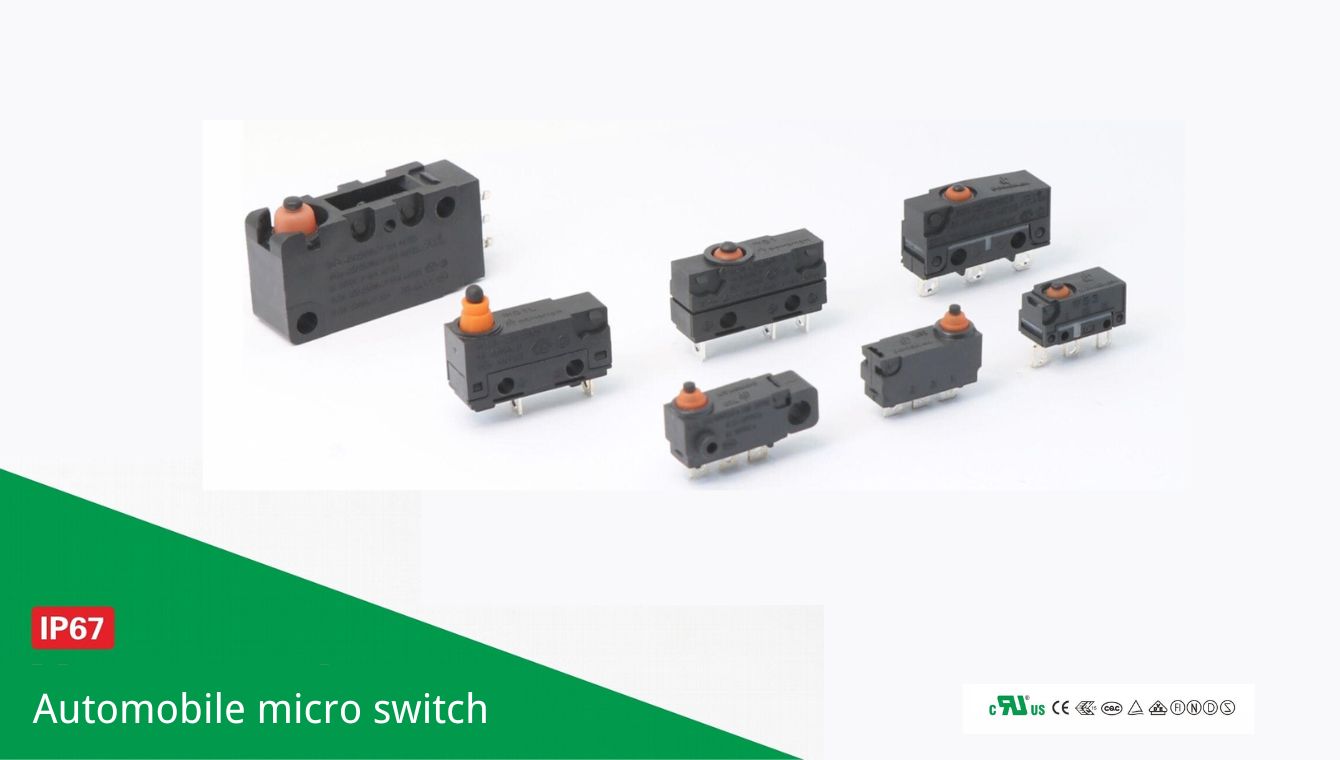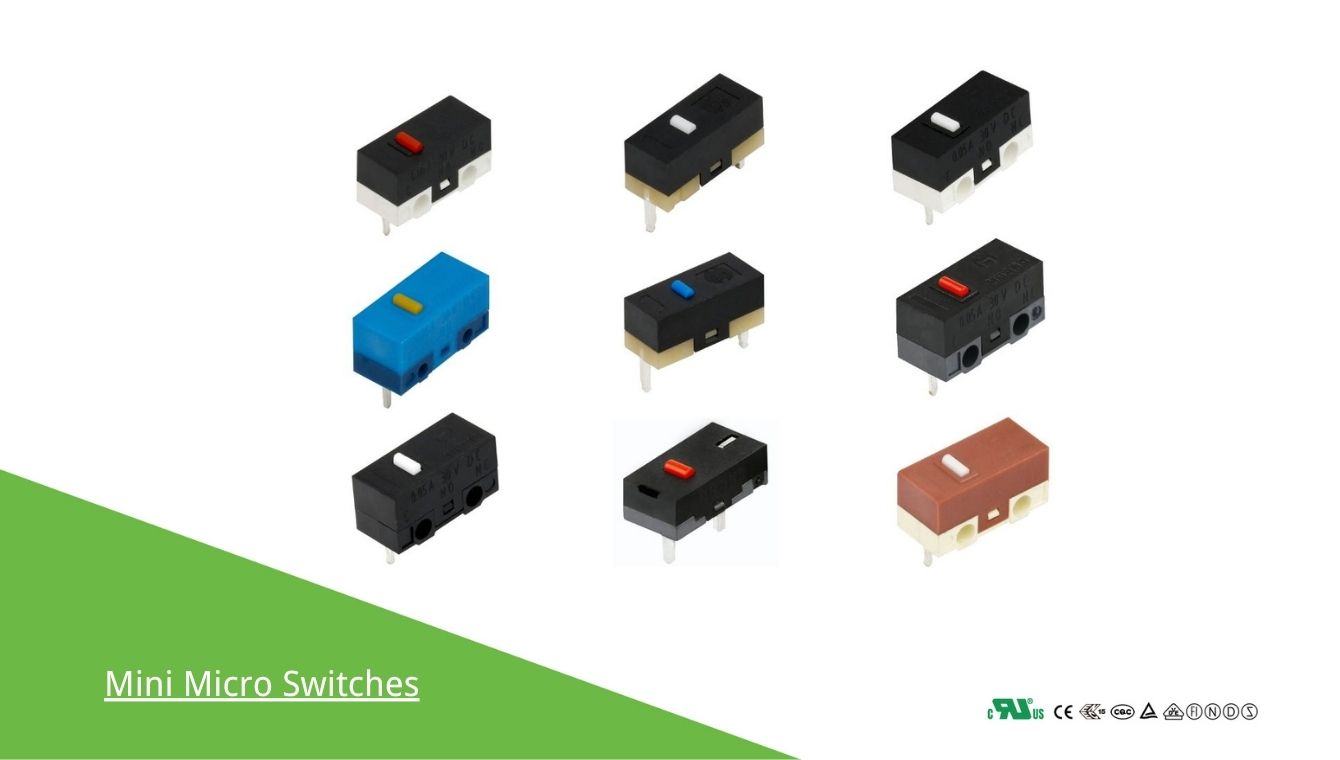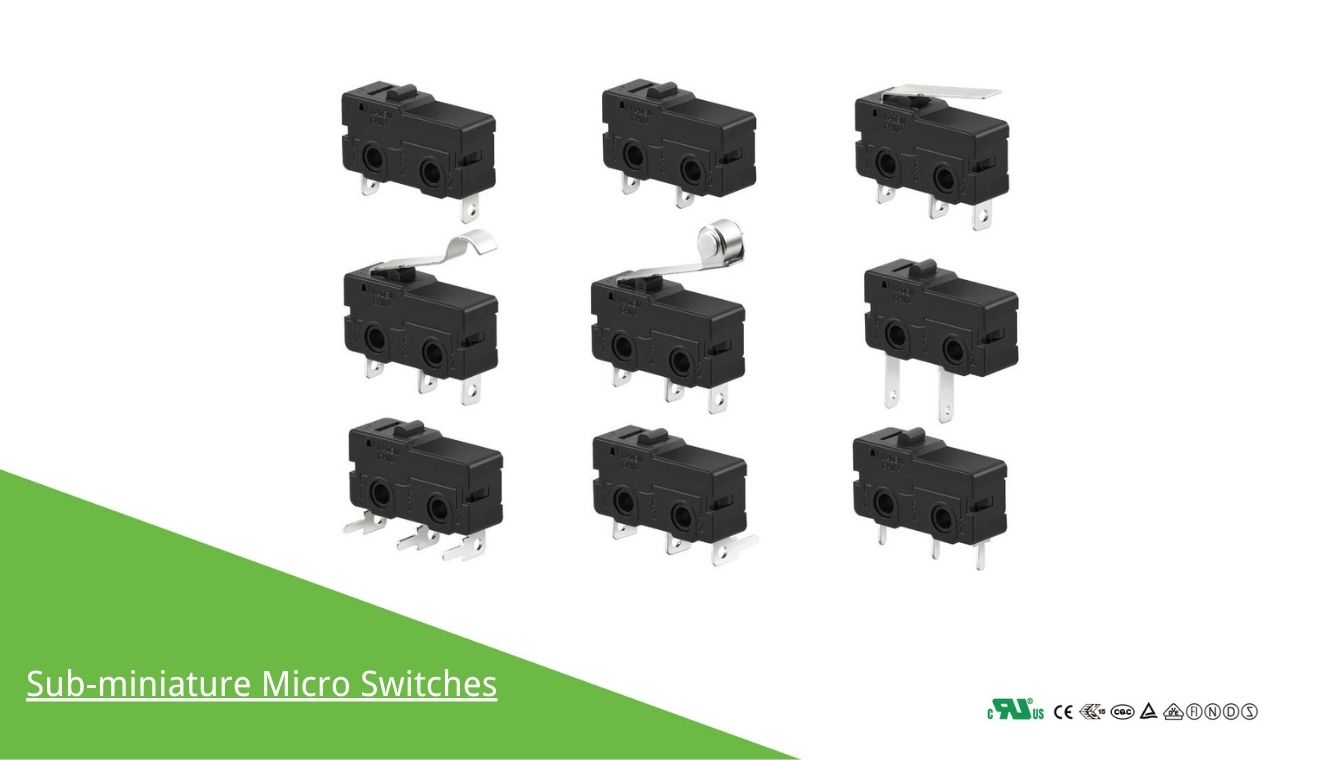Micro Switch Wiring
A micro switch is a small, snap-action switch activated by minimal force. Wiring typically uses Common (COM), Normally Open (NO), and Normally Closed (NC) terminals. Connect COM to input, choose NO for on-press activation or NC for off-press. Verify voltage/current ratings.
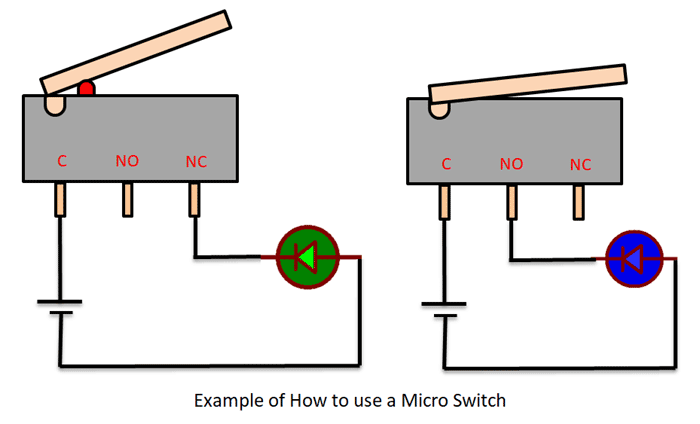
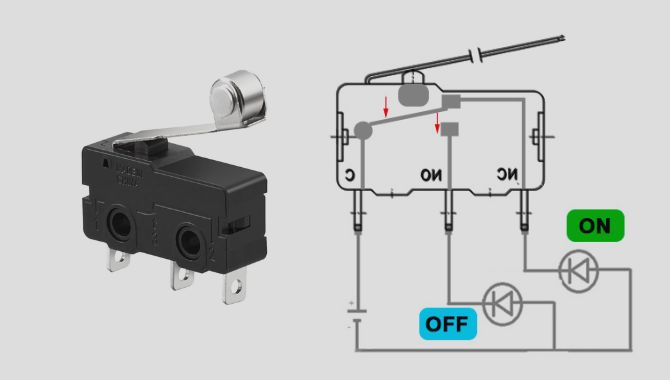
Micro Switch Circuit Diagram
A micro switch circuit diagram shows how a snap-action microswitch connects in a circuit. It includes the switch terminals: COM (common), NO (normally open), and NC (normally closed), plus actuator input. It illustrates wiring for switching loads, indicating which path closes when the switch is pressed.
Micro Switch Working
A micro switch is a small, fast-acting electrical switch that changes state when a tiny force moves its actuator.
Inside, a spring-loaded mechanism with an over-center snap action flips contacts between “normally open” (NO) and “normally closed” (NC) positions at a precise actuation point. Even a slight motion on the lever, button, or roller triggers a quick, reliable contact change, minimizing arcing and wear.
They offer long life, repeatable accuracy, and are used in limit detection, safety interlocks, door/lid presence, mouse buttons, and appliance controls. Terminals connect to common (COM), NO, and NC.
Micro Switch Type
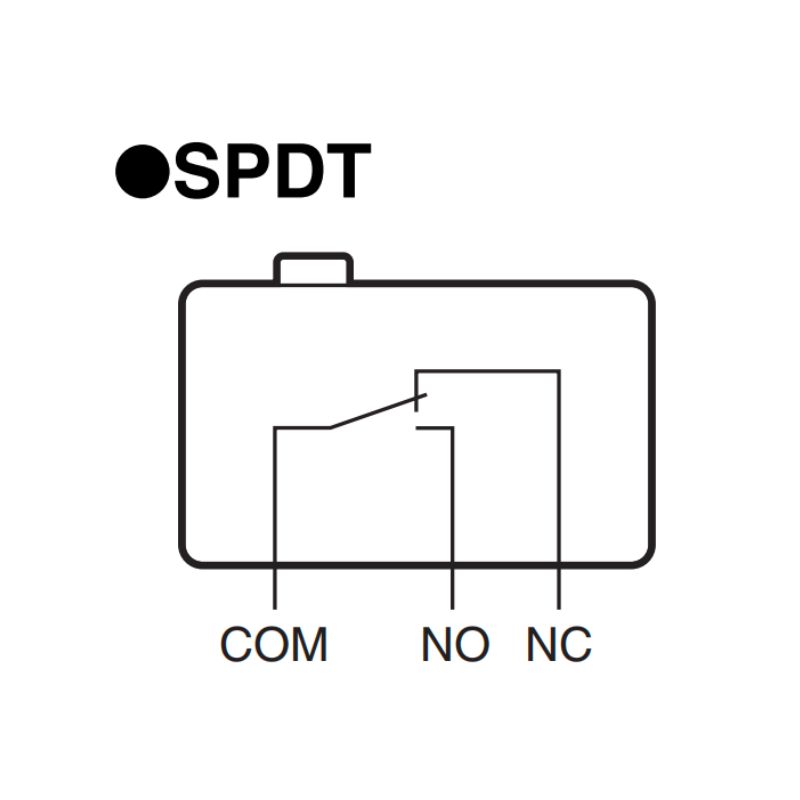
An SPDT micro switch is a miniature snap-action switch that can be toggled between two positions, Single Pole Double Throw, meaning it has one input and can connect to and switch between two outputs. It’s commonly used for low-power devices as a sensing or limit switch, due to its small size and quick actuation.
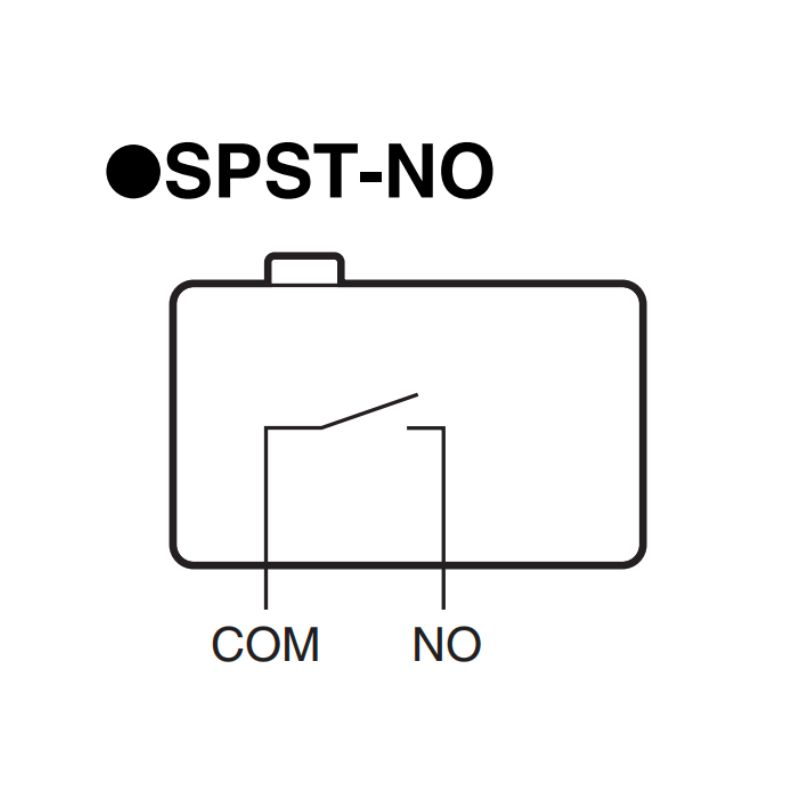
An SPST-NO micro switch is a single-pole single-throw normally open switch that conducts electricity when actuated. It’s a small, fast-acting switch used in various applications for simple on-off control, often seen in safety devices, appliances, and machinery to detect presence or position.
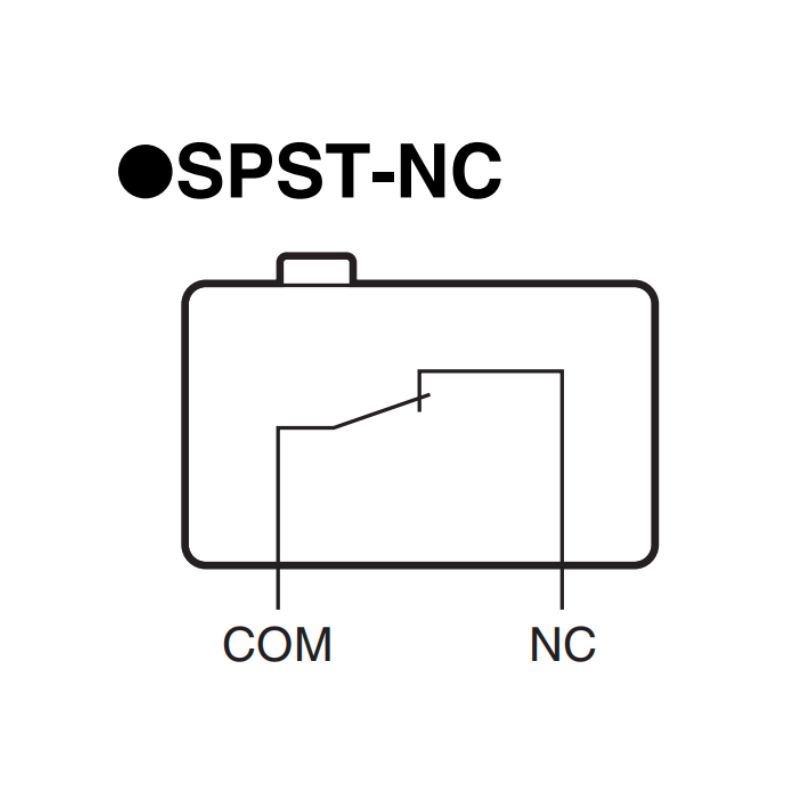
An SPST-NC (Single Pole Single Throw-Normally Closed) micro switch is an electrical switch that is open when the actuator is in its default position. It closes the circuit when activated. It’s used to make a temporary connection, commonly found in appliances and machinery for simple on/off functions.




